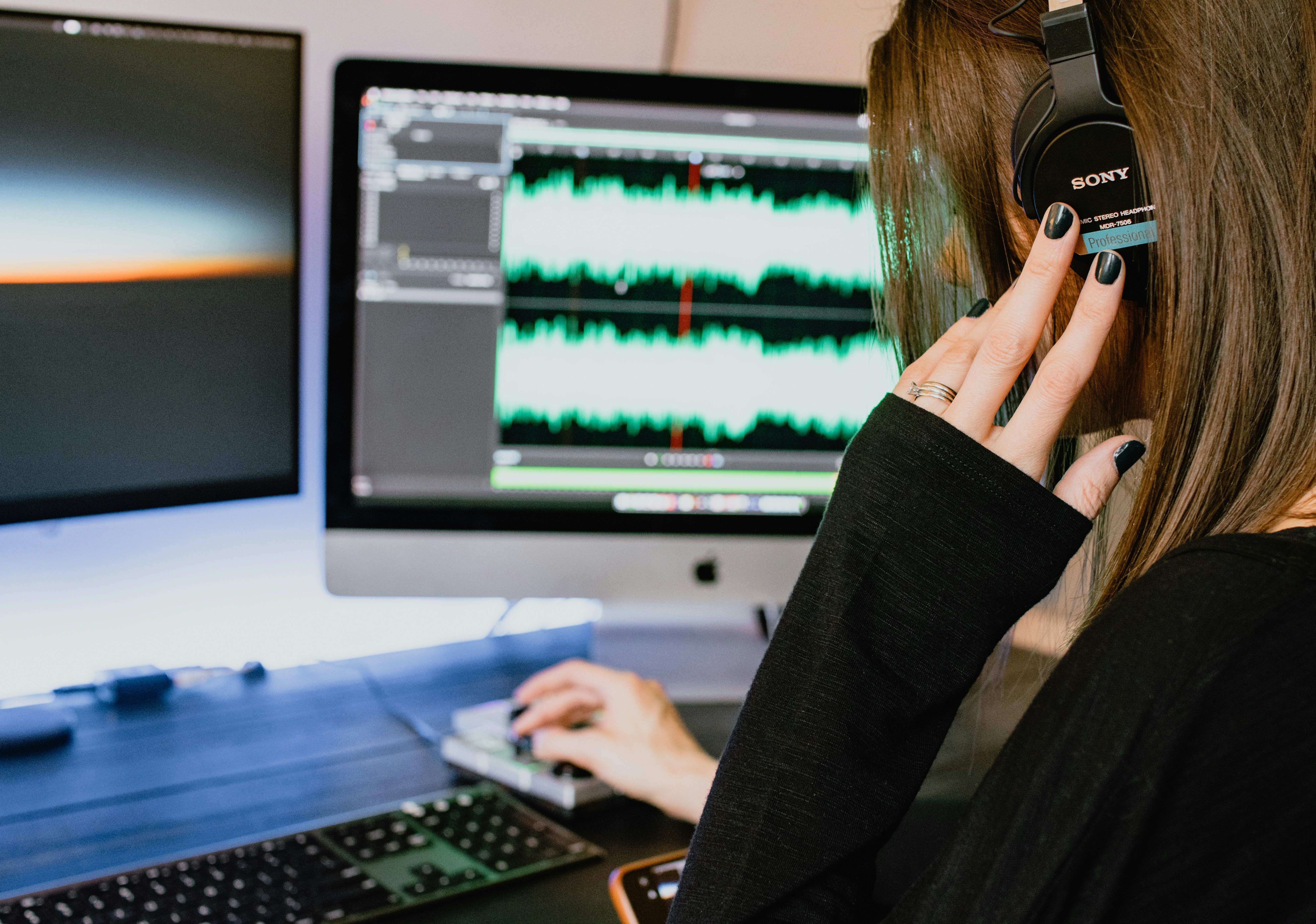What is Neuromusic?
March 27, 2025
By Kyel Godfrey-Ryan
Neural Music is music created to produce ‘positive’ or quantitatively improved results to brain function. It is based on the neuroscience of music which is a wide field of medical study that includes vibrational fields as well. You don’t have to have a PhD to know that music can directly affect your mood and function. The evolution of instruments and sound chambers mirrors the evolution of human societies and its expansion. Much of aural traditions have been passed down via song, rather than story alone. Music is as primary as food when it comes to shaping a culture.
When discussing TUNE, I struggle with the ancient versus cutting edge modernity of the product. Using sound to affect the human body in a positive way has been identified in 40,000 year old German caves, 35,000 yr old underground pyramids in the Philippines and in every Egyptian temple. In 12,000 year old structures in Turkey there are spaces to amply music outdoors liken to the first sound stadiums and in 9,000 cave structures in Iraq there are dozens of ‘pods’ that were used to transfer sound, almost like the first home speaker system. The Incans and Mayans both used sound and specifically vibration in healing rituals and multi-day religious events. The structures of Catholic churches and Mosques were all originally designed to be sound chambers.
Since the second ice age, man and music have evolved as one
Through this evolution, science and medicine have stepped in with the goal harnessing tones and frequencies to affect the body and mind. Neural music, or the composition of music with a direct intent to affect the brain states, have been revolutionary when it comes to neonatal care. In fact, there is an entire genre of music that is used for preemies that produces the effects of calm and balanced growth for these vulnerable infants. Interestingly, through the study of preemies experiencing neural music, we discovered that male and female preemies have a different auditory range and benefit from different tracks. This demonstrates that hearing the tones and feeling the vibrations are both important to the brain. Which also circles back to the idea that humans and the music we produce have evolved as one.
The field of neural music also includes the study of natural/organic sounds and the effect on the brain. Through this we have learned that the sounds of waves crashing rhythmically trigger the parasympathetic nervous system, the sound of specific birds who chirp in the morning trigger serotonin and dopamine and that the sound of rain can induce the body to achieve a deeper sleep state faster. If you have a sound machine at home that creates any of these sounds, then you are already engaging in the world of neural music!
Neural Music for achieving productivity and stress reduction
Every biohacker you know will tell you about their musically-influenced routine to ‘lock in’. I love how mainstream it has become to use tones, frequencies, rhythms and music to alter our brain states. First of all, it works and we now know the science says so as well. Remember, every body is different and it's important to experiment with these tools to achieve personal goals. The second aspect of using music as support for productivity and stress management that I love, is that it is non-addictive, effective and improves your system over time. Binaural beats, classical music, solfeggio frequencies, ambient sounds and lo-fi beats have all been shown effective in supporting stress management and increasing productivity.
Sound is all around us, it's a natural part of our world. This is why one of the greatest stressors on the human body is when it is placed in a sensory deprivation chamber. The heart rate will start to rise immediately as, without experiencing sound, the body feels it's under attack. Those who have experienced these experiments go on to report how loud their own heart beat sounds, something that is not possible to hear without the elimination of all other inputs. The stress of being in a full sensory-deprivation chamber, which also eliminates all vibrations that are not created by your own body, can trigger a panic attack, loss of sense of time and identity as well as hallucinations. Nasa uses these in their training and it's one of the most challenging exercises astronauts go through. The sense of sound helps us process our environment, determine danger, relax and heal.
What does TUNE Neural Music achieve?
At TUNE, we separate neural music into two categories; medical-grade vibrations and auditory tracks. The TUNE itself is an instrument, we designed, to optimally carry the frequencies and audio produced by our neural music. The platform is elevated off of the base of the instrument, so that the infrasonic waves are most concentrated under the 2 physical centers of the nervous system. Meaning, the medical-grade low frequencies have little resistance when communicating to the nervous system. We then cross-fade the custom neural-music into the audio portion emitted through the headphones. This creates an experience of the music playing through the body. We work with neural composers who have been published at medical research centers previously and have a background in low-tone vibrational composition. Each of our tracks are designed to produce an effective, efficient, state-changing experience that balances the nervous system and elevates the mood and energy of each individual. We have several tracks to choose from and release fresh content on the first Monday of every month.
When I describe TUNE, I liken it to a medical-grade sound bath on-demand. It's an ancient concept as old as human self-awareness and as modern as a jetpack that can transport you to a state of bliss in 15min.



